How to Make a Simple Pasta with Spinach & Herbs
Angel hair pasta, also known as capellini, is delicate and thin, pairing beautifully with light yet flavorful ingredients. In this dish, I combine the subtle sweetness of sautéed spinach with the bold, aromatic flavors of garlic, a touch of freshly grated nutmeg, and a sprinkle of toasted pine nuts. The result is a simple yet elegant pasta that can be prepared quickly, making it perfect for busy weeknights and special occasions.
The nutmeg adds a warm, earthy undertone that enhances the spinach, while the toasted pine nuts lend a delightful crunch to every bite. Finished with a generous grating of Parmesan cheese, this dish combines rich and savory elements without feeling heavy. It’s a vegetarian meal that’s satisfying, fresh, and wholesome.
If you want to elevate a simple pasta dish into something truly special, this angel hair pasta with spinach, garlic, nutmeg, pine nuts, and Parmesan cheese is the perfect recipe. With minimal ingredients and quick preparation, it’s an ideal go-to for a flavorful, nutritious meal.
Plus Pasta Making Tips For Perfect Pasta
When you think of cooking pasta, you typically throw a pot of salted water on the stove and bring it to a full, rolling boil. This is perfect for dried pasta, but fresh pasta is too delicate to be cooked above a slow boil.
So now is an excellent time to discuss the “correct” way to boil pasta and then throw in a lemon angel hair pasta with spinach and herbs recipe to illustrate the process.
First, the lesson:
- Plan on using 1 quart of water per each 4 oz of dried pasta. For one pound of pasta, use 1 gallon of water. You do not need to measure this, just make sure that you have enough water in the pot so that the pasta has room to move and expand and not get stuck together.
- One of the biggest mistakes home cooks make when cooking pasta is not using enough water. You must have a pot big enough
- Heat the water over high heat with the lid on. The water will boil much more quickly if all the heat energy isn’t dissipating into the kitchen.
- Once the water has come to a full boil, add salt. If you add salt while the water is still cold, the salt can sit on the bottom of your pan and cause pitting. Add enough salt so that the water tastes like the ocean.
- Do not add oil to your pot. The oil can coat the pasta and keep it from absorbing your sauce fully.
- Drop the pasta into the pot all at once, and let the water return to a full boil. You might have to adjust the heat a little to prevent a boil-over.
- Stir the pasta once or twice, then cook in the boiling water until it is very flexible but still a bit firm in the center: al dente. This can be done according to your taste and could take from 3-10 minutes, depending on the type of dried pasta you are cooking.
- Drain the pasta, always reserving some of the cooking liquid to add to the sauce. This starchy water will help thicken the sauce and provide a silky mouthfeel.
- I never rinse my pasta unless I need it to be cold for making pasta salad, for example.
- I always return the pasta to the cooking pot and finish the pasta and sauce together.
For more tips on cooking pasta, see my 10 Pasta Cooking Tips
Angle Hair Pasta
Angel hair pasta, known as “capellini” in Italian, is characterized by its delicate, thin strands. Measuring about 0.85 mm to 0.92 mm in diameter, it is one of the thinnest types of pasta available.
Originating from Italy, angel hair pasta is traditionally paired with light sauces, such as a delicate tomato or garlic and olive oil sauce, to avoid overwhelming its delicate texture. It is also commonly used in seafood dishes, complementing the subtle flavors of shrimp, clams, or scallops. Due to its thinness, angel hair pasta cooks very quickly, usually within 2 to 4 minutes, making it a convenient option for fast yet elegant meals. Its light, airy texture and versatility make it a popular choice in various cuisines worldwide, perfect for simple yet refined dishes.
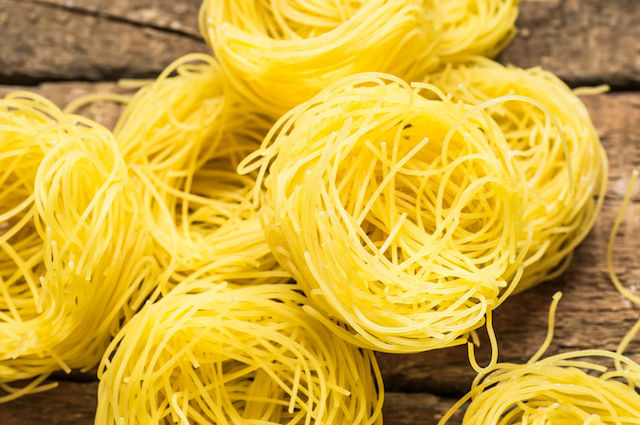
Lemon Angel Hair Pasta with Spinach and Herbs
Ingredients
- 1 pound dried angel hair pasta
- ½ cup reserved pasta cooking liquid
- ½ pound fresh baby spinach
- ½ teaspoon granulated garlic dissolved in 1 teaspoon of water this step will open up the flavors of the dried garlic
- ¼ cup lemon juice
- 3 tablespoons olive oil extra virgin
- Kosher salt and freshly ground black pepper to taste
- ½ tablespoon fresh nutmeg grated
- 2 tablespoons flat leaf parsley minced
- 2 tablespoons lemon verbena if available, optional - minced
- ⅓ cup Parmesan cheese freshly grated
- ½ cup pine nuts toasted
Instructions
- Bring 6 quarts of water to a full boil. Salt the water.
- Add the pasta all at once. Stir gently to submerge. Reduce the heat slightly to prevent boil-over, and boil pasta according to the packaging until al dente.
- When the pasta is done, remove and reserve ½ cup of starchy water the pasta cooked in.
- Drain and return the pasta to the pot you cooked it in. Turn the heat up to medium-high.
- Add the reserved liquid, spinach, garlic, lemon juice, olive oil, salt, pepper and nutmeg. Stir gently but thoroughly until the spinach is wilted and the sauce has reduced and emulsified, about 3 minutes.
- Remove the pot from the heat and fold in the grated cheese and the minced herbs—correct seasonings.
- Plate and top each serving with some toasted pine nuts.

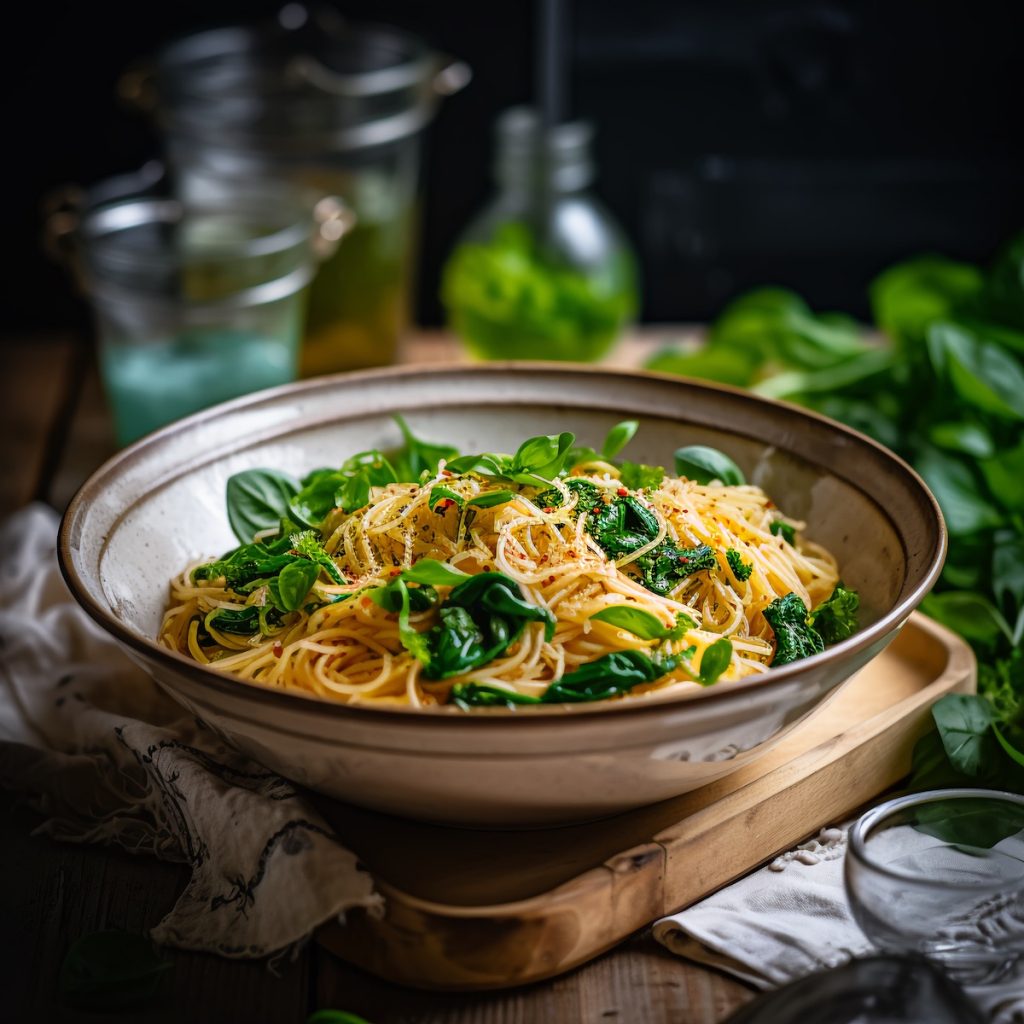
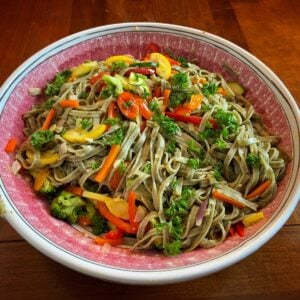
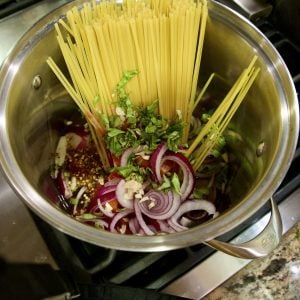


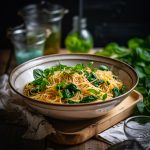
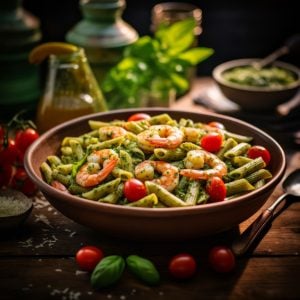
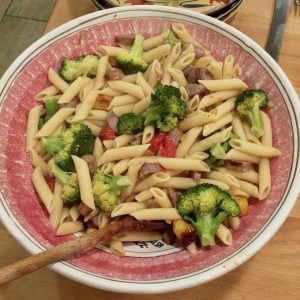
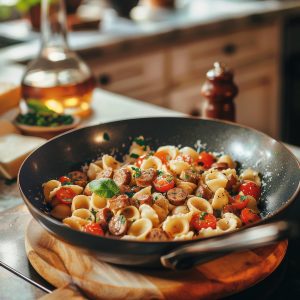
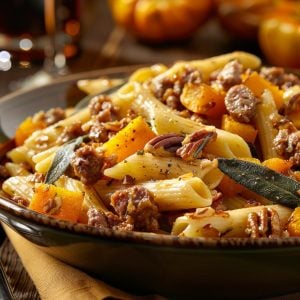
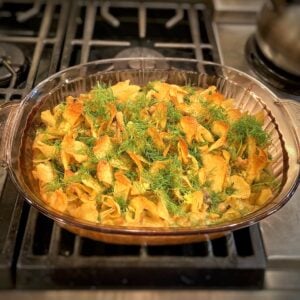
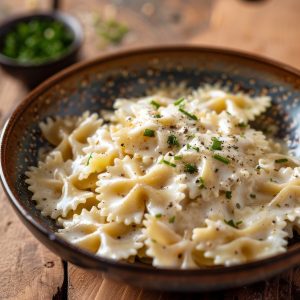
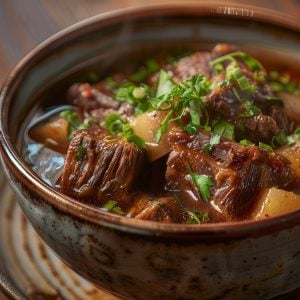
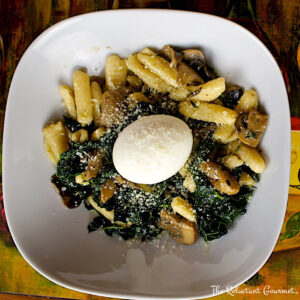


One Response
A couple of additions: In the fifth instruction, it’s not just a matter of dropping the pasta into the water all at once. You must do so in a manner where the pasta is also separated. My students will throw a pound of spaghetti into the pot as one tight bunch like it is in the package and then wonder why it sticks together. One than one or two stirs may be required so the pasta doesn’t stick to itself or the bottom of the pot before the water returns to a boil. Once a full boil is achieved, stirring is required less, especially if using a pasta pot with a perforated insert.
The process of cooking dried pasta is two, separate steps: rehydration and cooking. Soak dried pasta in water to rehydrate it prior to cooking. The cooking time will be greatly reduced. For long, thin shapes, one hour is usually sufficient. For shapes like penne, I usually soak for at least 3 hours. The other advantage of a pre-soak is that much less water is required for the cooking. This also speeds up the entire process since only enough water to float the pasta is required to be heated. I believe Dave Arnold was the first to propose pre-soaking pasta.
In fact, even dried pasta can be cooked in small amounts of water. The large amount of water is to reduce the recovery time when the pasta is added to the water. Because there is less water to reheat, a small amount of water will heat quite fast. I believe Harold McGee has demonstrated this on a number of occasions.
Alain Ducasse, wrote in an article in the NY Times (March 13, 2002) how you could cook pasta in almost no liquid if you cooked it the same way as one cooks risotto by adding the liquid in stages. His recipe used 2-3/4 cups of stock to cook 7 ounces of dried pasta. The recipe even created it’s own sauce!